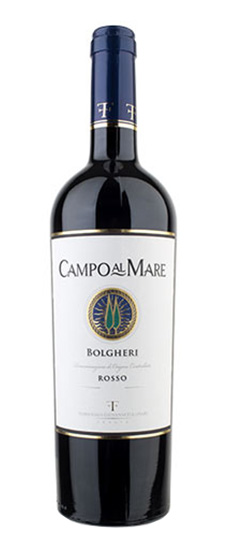Wine Score
Awards
Several important critics have rated this Barbaresco wine highly: The Wine Advocate gave the 2009 vintage a score of 95 and Jancis Robinson gave the 2004 vintage a score of 18/20
Grape Variety
Nebbiolo Wine
Nebbiolo is the grape variety behind the top-quality red wines of Piedmont, northwestern Italy, the most notable of which are Barolo and Barbaresco. Nebbiolo wines are distinguished by their strong tannins, high acidity and distinctive scent – often described as “tar and roses”. A less obvious characteristic, visible only over time, is their tendency to lose color. Within just a few years of vintage, most Nebbiolo wines begin fading from deep, violet-tinged ruby to a beautiful brick orange.
Nebbiolo is the quintessential Piedmontese wine grape – the dominant variety in five of the region’s DOCGs and numerous DOCs (see Italian Wine Labels). Even its name evokes the region’s foothills on cool autumn mornings, when the valleys and vineyards lie hidden under a ghostly blanket of nebbia (fog). The name is very apt for this late-ripening variety, which is harvested later in the year than Piedmont’s other key varieties (Barbera and particularly Dolcetto), in foggy, wintry weather conditions.
Powerful, intense Barolo is the most famous and prestigious Nebbiolo-based wine, but it is increasingly rivaled by the slightly more elegant and perfumed wines from Barbaresco to the northeast, which rose to prominence in the late 20th Century.
Wines from just outside the borders of Barolo and Barbaresco may be classified as Langhe Nebbiolo, as may wines from young vines or less favored plots within these two famous appellations. The high-quality red wines of Roero, just across the Tanaro river from Barolo, are further affordable alternatives to Barolo and Barbaresco. Here, Nebbiolo’s austerity and tannins was often softened with a splash of Barolo Bianco – a local nickname for white Arneis – though the practice, while still legal, is rare nowadays. Historically many vineyards here contained a mix of both varieties. Nebbiolo d’Alba is a third option for value; the zone covers much of the territory of Roero but extends across the Tanaro south of Alba to Diana d’Alba.
While the majority of the most prestigious wines across these parts of Piedmont are made entirely from Nebbiolo, some blends do exist at various price levels, but mainly classified as IGT Piemonte. Likely partners include Barbera – like La Spinetta’s Pin Monferrato Rosso – and the Bordeaux varieties.
Sixty miles (100km) northeast of Roero, Nebbiolo is the dominant variety in the wines of Ghemme and Gattinara, and a cluster of nearby villages along the regional border with Lombardy. The variety has even spread across this border and up in into the dramatic Alpine scenery of the Valtellina. Here it goes by the name Chiavennasca, and is used to produce both dry red wines (lighter than those from Piedmont but just as alluringly perfumed) and the powerful, Amarone-like Sforzato di Valtellina.
Sensitivity to terroir is one of Nebbiolo’s trump cards, but also its downfall. But while Riesling and Pinot Noir are grown in respectable volumes in many wine regions around the world, Nebbiolo is not. It is famously picky about where it grows, requiring good drainage and a long, bright growing season. In Piedmont, it is one of the first varieties to flower and the last to ripen, making it very susceptible to poor weather conditions in spring and autumn.
Fortunately, given the foggy conditions in which it ripens, most strains of Nebbiolo demonstrate a good resistance to rot and mildew. Unfortunately, the vine showed little resistance to the root-destroying phylloxera mite when it arrived Europe in from the Americas in the 1860. When it came to replanting Piedmontese vineyards, the higher-yielding Barbera became the region’s preferred variety.
Despite its fussiness in the vineyard, Nebbiolo’s irresistible allure has led it to become a niche variety in pretty much every one of the “New World” wine nations. It is now grown in small quantities by just a few wineries in the United States, Mexico, Chile, Argentina, Brazil, Uruguay, South Africa, Australia and New Zealand.
Synonyms include: Spanna, Picoutener, Chiavennasca.
Food matches for Nebbiolo include:
- Herb-crusted roast lamb rack
- Smoked duck with wild mushrooms
- Fresh spinach linguine with white truffle shavings
Region
Barbaresco Wine
Barbaresco is one of the great wines of the Piedmont region in north-western Italy. Historically it was called Nebbiolo di Barbaresco (Nebbiolo being the grape it’s made from) and was used by the Austrian General Melas to celebrate his victory over the French in 1799. Only in the middle of the 19th century was the wine we know today vinified into a dry style.
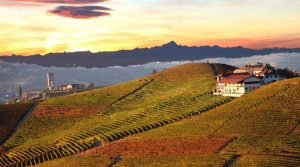 This aristocratic red was awarded its DOCG classification in 1980. Its vineyards are situated in the Langhe, on the right-hand side of the Tanaro river and extending from the area north-east of Alba to the communes of Barbaresco, Nieve and Treiso, as well as San Rocco Senodelvio (once part of the Barbaresco municipality but now part of Alba). The dominant variety grown is Nebbiolo, but Dolcetto and Barbera also play a part. The vines are generally grown on limestone-rich marl soils. similar to the Tortonium soils of the Barolo and La Morra areas in Barolo, at 650–1300ft (200–400m) above sea level on very steep, ‘pre-alpine’ hills. They are situated on south-facing slopes for best exposure.
This aristocratic red was awarded its DOCG classification in 1980. Its vineyards are situated in the Langhe, on the right-hand side of the Tanaro river and extending from the area north-east of Alba to the communes of Barbaresco, Nieve and Treiso, as well as San Rocco Senodelvio (once part of the Barbaresco municipality but now part of Alba). The dominant variety grown is Nebbiolo, but Dolcetto and Barbera also play a part. The vines are generally grown on limestone-rich marl soils. similar to the Tortonium soils of the Barolo and La Morra areas in Barolo, at 650–1300ft (200–400m) above sea level on very steep, ‘pre-alpine’ hills. They are situated on south-facing slopes for best exposure.
Similar to its more famous sibling Barolo, Barbaresco is made from 100% Nebbiolo and shares its cult status as one of the finest wines in the world. However, there are several differences between the two. Barbaresco has a slightly maritime climate: warmer, drier and milder than its neighbor. This means its grapes tend to ripen earlier than those in Barolo. As a result, the wines are less tannic and more approachable at an earlier age. However there is still plenty of acidity and tannins to make this an age-worthy red. Barbaresco is characterized by its rich, spicy flavors and perfumed sweetness and is considered more elegant and refined than its counterpart, which is a more robust and longer-lived red.
Regulations stipulate that Barbaresco must have a minimum alcohol content of 12.5% and undergo two years of ageing, one of which must be spent in wooden barrels. For the added designation of riserva, the ageing increases to four years, with one of those years in wood.
Producer Notes
Bruno Rocca is a family-owned wine estate in Barbaresco. It makes wines from various Piemontese appellations and varieties but is best known for its complex, refined, aromatic Nebbiolo wines from the Barbaresco DOCG.
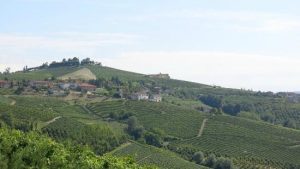 For many decades the family operated a mixed farm, but the modern estate began to take shape in 1958, when the family moved from the centre of Barbaresco to the south of the prized Rabajà zone and bought some prime vineyards. Grapes were sold to the Barbaresco co-operative until 1978, when Bruno Rocca took over the estate and made the first wines under the family name. In the 1990s, the winery gained an international reputation and began to acquire further vineyards.
For many decades the family operated a mixed farm, but the modern estate began to take shape in 1958, when the family moved from the centre of Barbaresco to the south of the prized Rabajà zone and bought some prime vineyards. Grapes were sold to the Barbaresco co-operative until 1978, when Bruno Rocca took over the estate and made the first wines under the family name. In the 1990s, the winery gained an international reputation and began to acquire further vineyards.
In all there are about 15 hectares (37 acres) of estate vineyards, including the 3.5ha (8.6 acres) of Rabajà, where there is also some Dolcetto, and plots in four further Barbaresco crus, with some Chardonnay and Barbera alongside the Nebbiolo. Further from home, the company owns 3ha (7.4 acres) in the Monferrato Astigiano devoted to Barbera d’Asti.
The winemaking style is generally regarded as being modernist. Barbaresco grapes are fermented in wooden vats, with stainless steel used for other wines. Individual vineyards are vinified separately, with larger vineyards divided into plots. Fermentations use selected native yeasts and are medium to long with almost entirely whole grapes, with delicate pumpovers and no punchdowns. The aim is to keep skins as intact as possible until the fermented wine is run off or pressed. Thereafter, aging takes place in carefully specified French oak barriques and larger barrels (tonneaux).

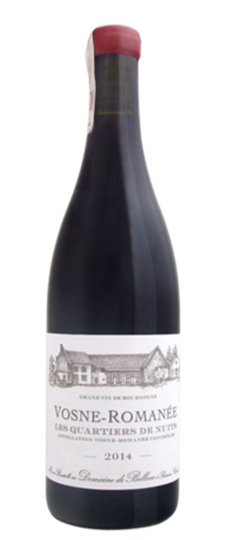
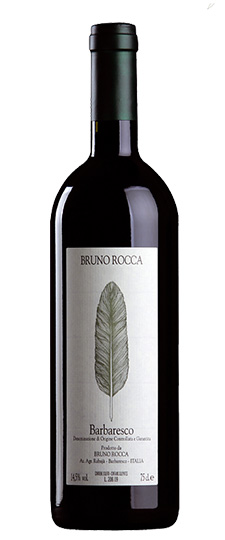
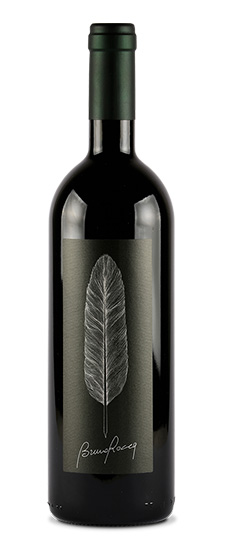

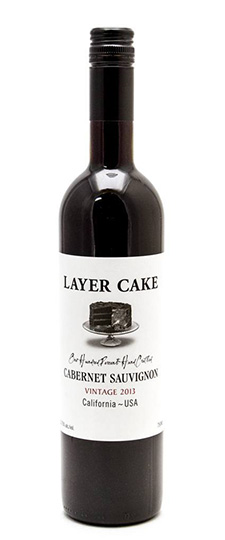
![Amuse Bouche, Napa Valley [Merlot/Cabernet Franc] 2010](https://www.wineyou.com/wp-content/uploads/2017/06/Amuse-Bouche-Napa-Valley-Merlot-Cabernet-Franc-2010.jpg)

